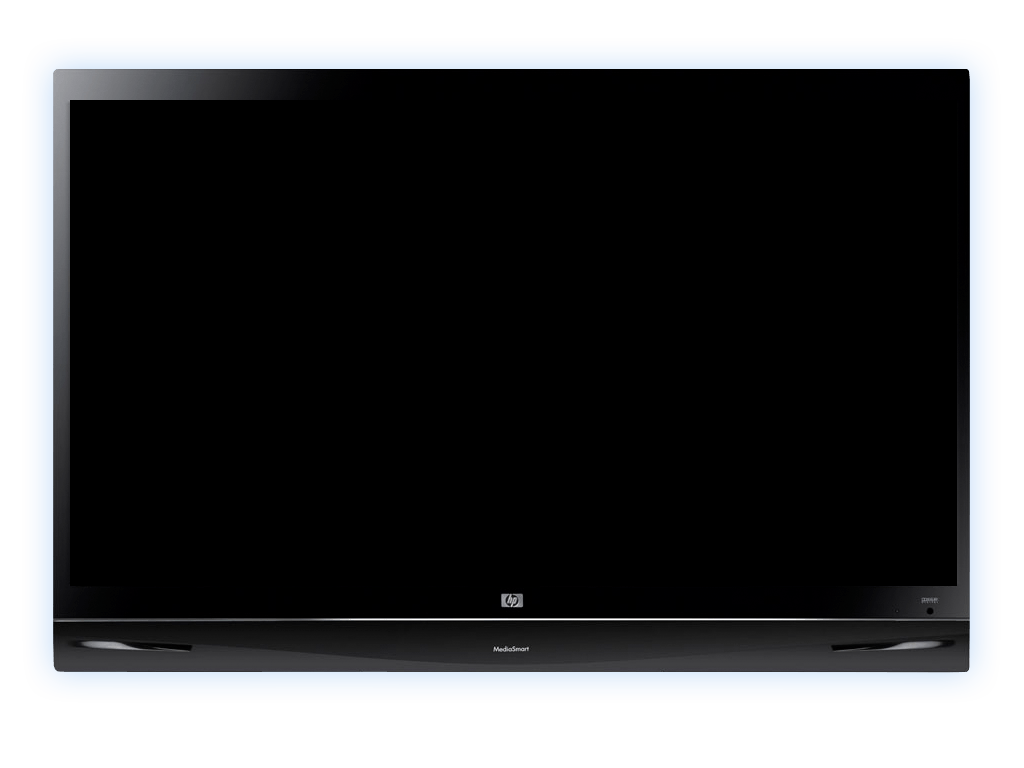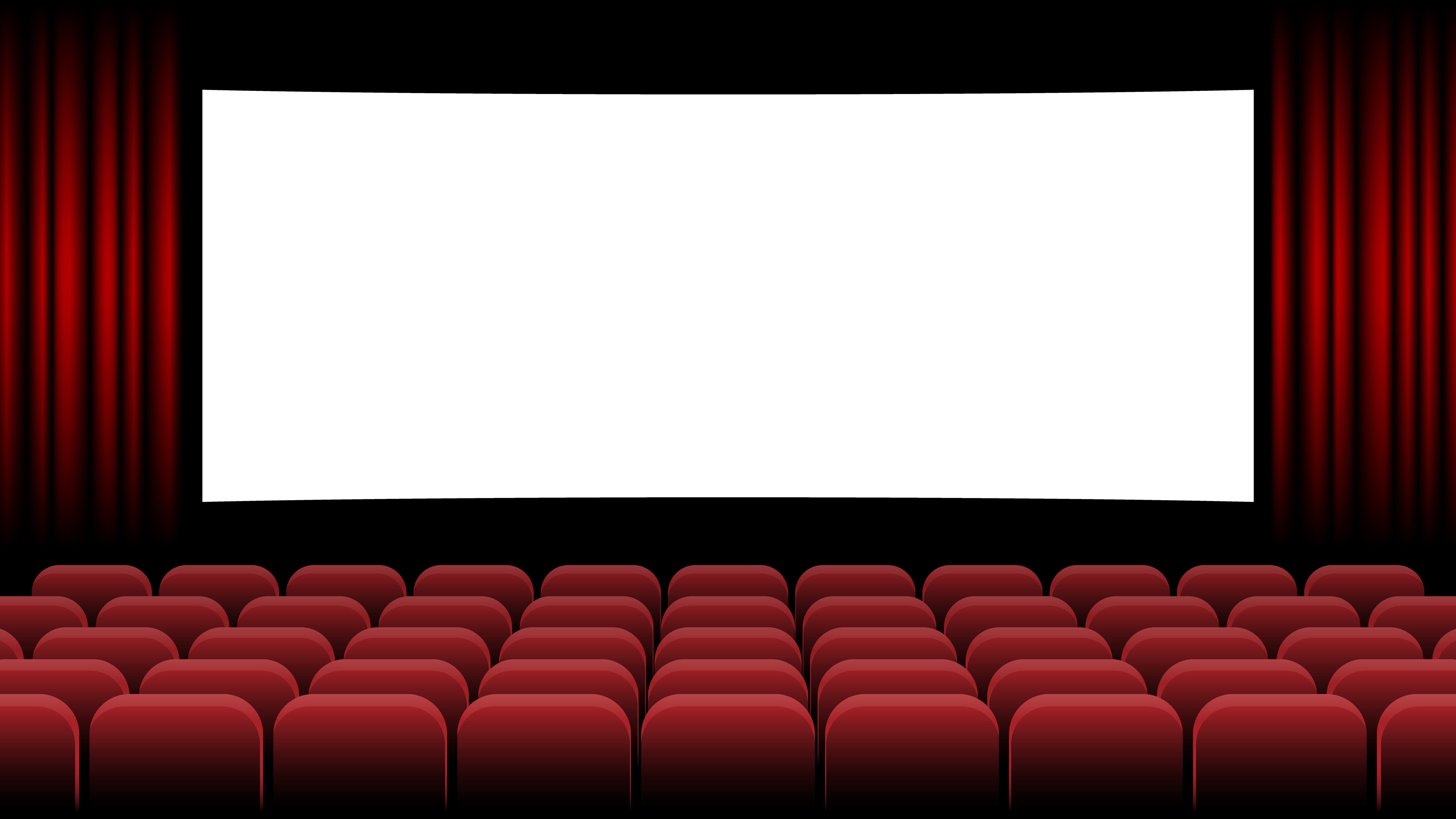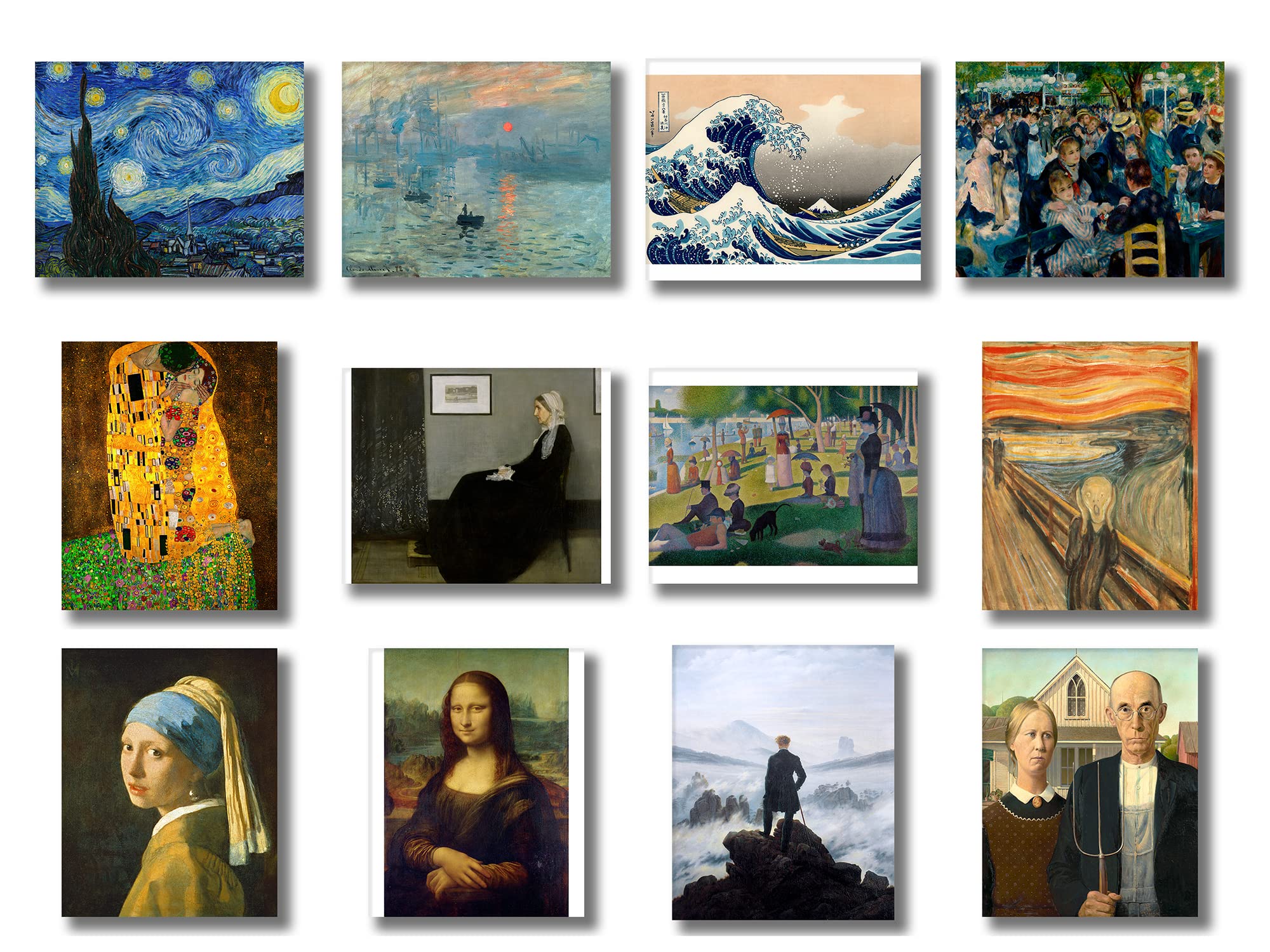Aspect ratio #
Unless you have a good reason, make your data visualizations not a square.
Aspect ratio describes the ratio of the width to the height, which we will define as $\textrm{aspect ratio} = \frac{\textrm{width}}{\textrm{height}}$.
Since we are considering the design of objects that people will be looking at, we can take a cue from the sorts of things people have looked at throughout the ages.
People prefer to look at non-squares #
This statement is apparent, if you stop to consider the media that people have consumed over the years.
- Currently, the dominant way that people consume graphical media is on their phones. You will be hard-pressed to find a phone where the screen is a square.

- Before phones, people consumed media on computer screens and televisions. Again, the vast, vast majority of these were not squares.

- Before we consumed movies at home, we would go to the theater, which had aspect ratios far from square.

- Before phones, people used photographs (either albums or slides shows), and the dominant format was the 35mm camera, which produced images that were decidedly not squares.

- Before cameras, books might have been the objects that people spent the most time staring at. Go to any library or book store and see how hard it is to find a book that is square.

- Before books, I would guess that paintings where the objects that were designed to invite the longest visual interaction. Again, if you go to a museum, you will find most paintings are not squares. Indeed, if you find a painting that is a square, the artist is almost invariably using this aspect ratio to make some sort of point.

- Even before paintings, people had the outside world, which they could look at from the inside of their house using… windows. Next time you are walking around a town or city, see how often you find a square window. I think you will be surprised by how uncommon they are.

The point of this list is simply to make one thing clear: when people are designing objects that are intended to be stared at for a long time, they almost never use squares
Thus, when you are designing your data visualizations, your first inclination should be to make something that is not square, only using a square when you have a compelling reason to do so.
Aspect ratio in data visualizations #
Of course, if you are going to use an aspect ratio that is not a square, then the next question is how to choose among the infinite number of other options? We explore answers to that question next.
There are few very common aspect ratios #
If you don’t have a reason to use a specific aspect ratio, then you can take a clue from those that have been used throughout history. A few that are quite common are:
-
The Golden Ratio (1.61:1): This is one of the oldest and most prevalent aspect ratios in design. It can be found in the Acropolis (~450 BCE), the Mona Lisa (~1500 CCE), and is the basis of the European paper standards (~1800 ce). Thus, it has a long and storied past, and is an aspect ratio people are used to.
-
US Letter (11:8.5 or 1.294:1): Taking a clue from the idea of European paper standards, we can use one of the other common standards: US letter paper. This is a ratio that people are quite used to seeing.
-
CRT TVs (4:3): The aspect ratio used for “old” cathode ray televisions is probably the common aspect ratio that is closest to square, and so one that I will use if I want a more square-looking plot (without actually being scare). However, the closer you get to a square, the more it invites a question: did you intend to make a square, but simply forgot?
Because of this, for most of my plots, I use either of the above paper standards—which are farther away from a square. Actually, I tend to match the aspect ratio of the plot to the aspect ratio of the medium it will be on. So, when I publish in US journals, I tend to default to 11:8.5, while when I publish in European journals, I tend to use the golden ratio.
You can let the shape of your data determine the aspect ratio #
Similar to research on how people perceive color or data markers, there has been research on how people are able to perceive trends in data. It turns out that people are most sensitive to changes in data, when the trend runs at 45 degrees. Thus, if you have change in data that you want to emphasize, you can choose the aspect ratio of the plot to make this change run at 45 degrees.
Of course, it is important to understand the trends you are trying to emphasize. Consider the data of $\ce{[CO2]}$ over time, from the Mona Loa observatory. This data has two trends in it. The first is an overall rise in $\ce{[CO2]}$ year after year. Placing this trend on a 45 degree angle requires a nearly square aspect ratio.
But there are also yearly oscillations, due to the yearly growth cycle of plants. Emphasing this over the year-to-year requires a much longer plot.
Though the latter results in a plot with an extreme aspect ratio, this ratio serves a purpose, and so is a reasonable choice to draw attention to this oscillation.
In examining the latter plot, we can also see that the overall change is no longer as apparent—just as we expect. And this also suggests that one can use aspect ratios to make changes look large or small. For instance, what if you were not concerned in making the user most sensitive to the overall change, but just wanted to make this overall change look dramatic? To do so, you could create a very narrow plot, that makes the rise in $\ce{[CO2]}$ quite scary appearing.
The point here is that you can choose an aspect ratio to serve a purpose in showing your data. If you do not have a strong vision for this, then you can always result to the common aspect ratios described above.
There is a place for squares #
While much of this discussion has focused on aspect ratios that are not squares, there is a time and place for using squares. In particular, if you want to show a correlation between two variables that happen to span the same range, then a square is the natural choice. In my field, a common place this is encountered is when considering experimentally observed results and theoretically predicted values. Plotting these against each other on the exact same range of values and placing this on a square makes the line of agreement run at 45 degrees.
This can also be used to see how one variable predicts another of the same scale. For example, when I teach a course, I might wonder what the correlation is between homework scores and exam scores. An easy way to see this is to plot the percent score on each of these on a square plot. If one drawn a line at the 45 degree mark, it becomes very simple to know where students perform better or worse.
Another place that you might consider squares, is when they are thematically appropriate. For instance, what if you were plotting information about windows? You could create an image in which plots are arranged to resemble a window, where individual panes are often squares.
But, these cases will generally be somewhat uncommon. The vast majority of data does not naturally require squares, and so using a different aspect ratio will really help make your plot something other people feel comfortable looking at.
Conclusions #
You have an infinite number of options when choosing an aspect ratio, but just a few guiding principles when doing so. The best is to consider the story you want to tell, and then choose the aspect ratio that best communicates this: either by running the change in your data at 45 degrees, or allowing the best correlation between variables. In the absence of such information, you can always default to something like the golden ratio, and your plots will generally look nice. The biggest piece of advance I can offer is to avoid squares, unless your data demands it.






